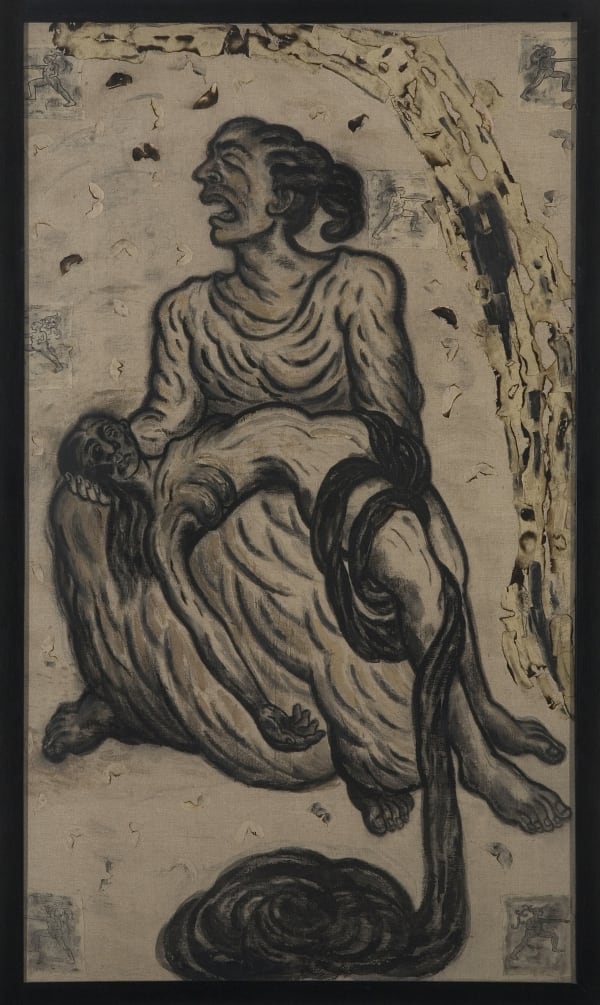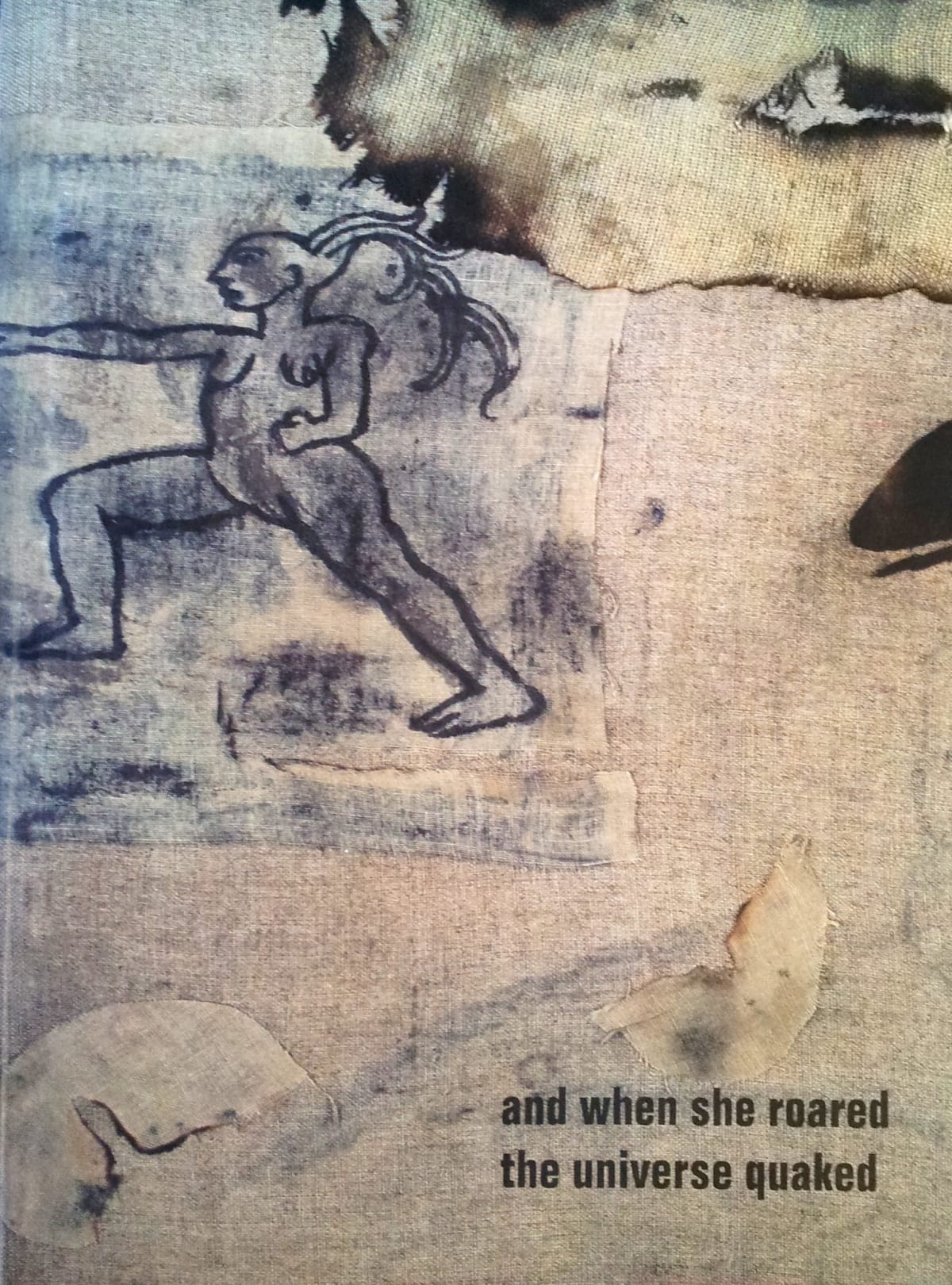And When She Roared The Universe Quaked: Shakuntala Kulkarni
In "And When She Roared The Universe Quaked” Shakuntala Kulkarni examines gendered, female, creative/creating bodies as a site of both “otherness” and empowerment. By adopting a vocabulary of defamiliarised bodies, eerie juxtapositions and sculptural signifiers, she playfully confronts, angrily shatters or slyly subverts the limitations of epic, “timeless” narratives and their cultural representations, particularly with regard to the embodied identities of women.
Kulkarni’s work attempts a fluid movement between “authenticity” and dreams, between split selves and fragmented subjectivities, between the individual and the archetypal, between playfulness and polemic, and interrogates what representations make it possible for the voices and bodies of “Indian women” to not be completely anchored to spaces dictated by predominantly patriarchal, epic tropes.
What Kulkarni resists strenuously, is the fiction of an “eternal”, “natural” order, often employed monolithically to maintain the status quo. She also rejects the reductionism of speaking from one position (all men are perpetrators, all women are victims), just as she deliberately moves away from representing “acceptable” female bodies. So the women in Kulkarni’s work have aborted foetuses trailing from them and can inflict gaping wounds on others; they roar and quake; are grotesquely (sometimes comically) “excessive” and are severe, disciplined, messianic warriors—never just one thing.
In the end, an ultimate horizon of understanding; a political and representational strategy materialises in the work. I suggest that Kulkarni explicitly acknowledges the ethical directions any explorations of gender, power/powerlessness and representation must take. Thus the work is not just about an active re-membering/re-gendering of the epic or heroic, but also about the ethics of seeing or listening.
-Shalmalee Palekar, Sydney, September 2007






